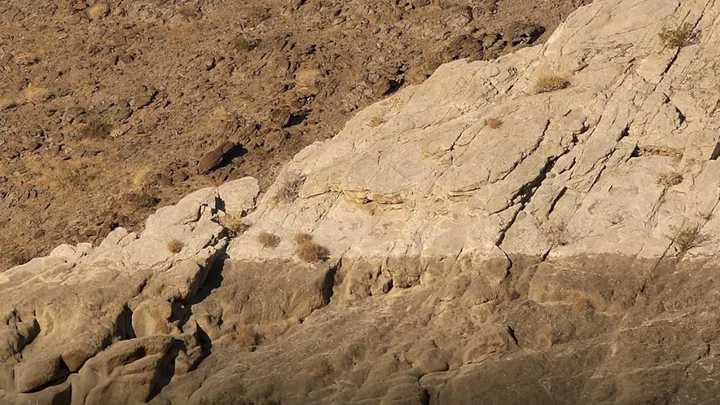There’s a ‘lost continent’ which holiday makers have been visiting without knowing
Tourists from across the world may have been holidaying on the remains of a 'lost continent' that's been hiding in plain sight. The continent, known as Greater Adria, reportedly broke off from North Africa almost 250 million years ago. Around 120 years later, it started sinking under parts of Southern Europe including the Alps, the Apennines, the Balkans and Greece. Douwe van Hinsbergen, Professor of Global Tectonics and Paleogeography at Utrecht University, said: "Forget Atlantis. Without realising it, vast numbers of tourists spend their holiday each year on the lost continent of Greater Adria." He added: "The only remaining part of this continent is a strip that runs from Turin via the Adriatic Sea to the heel of the boot that forms Italy." This isn't the first time a 'lost' continent has been discovered... Scientists uncovered Zealandia (or Te Riu-a-Māui in the Māori language) that was reportedly 'lost' for 375 years. In the past, there's been speculation as to whether the continent actually exists. It wasn't until 2017 that geologists discovered the continent had been there all along. According to TN News, Zealandia is 1.89 million square miles in size. It was part of a supercontinent called Gondwana, which included most of Western Antarctica and Eastern Australia, over 500 million years ago. It was first said to have first discovered in 1642 by Dutch businessman and sailor Abel Tasman, who was desperate to uncover the "Great Southern Continent". Scientists agreed on the existence of Zealandia, which started to "pull away" from Gondwana for reasons scientists are still trying to understand. Most of the newfound continent is underwater and has been used as an example by geologists at the Zealand Crown Research Institute GNS Science on how something "very obvious" can take a while to uncover. Sign up for our free Indy100 weekly newsletter Have your say in our news democracy. Click the upvote icon at the top of the page to help raise this article through the indy100 rankings.
Tourists from across the world may have been holidaying on the remains of a 'lost continent' that's been hiding in plain sight.
The continent, known as Greater Adria, reportedly broke off from North Africa almost 250 million years ago. Around 120 years later, it started sinking under parts of Southern Europe including the Alps, the Apennines, the Balkans and Greece.
Douwe van Hinsbergen, Professor of Global Tectonics and Paleogeography at Utrecht University, said: "Forget Atlantis. Without realising it, vast numbers of tourists spend their holiday each year on the lost continent of Greater Adria."
He added: "The only remaining part of this continent is a strip that runs from Turin via the Adriatic Sea to the heel of the boot that forms Italy."
This isn't the first time a 'lost' continent has been discovered...
Scientists uncovered Zealandia (or Te Riu-a-Māui in the Māori language) that was reportedly 'lost' for 375 years.
In the past, there's been speculation as to whether the continent actually exists. It wasn't until 2017 that geologists discovered the continent had been there all along.
According to TN News, Zealandia is 1.89 million square miles in size. It was part of a supercontinent called Gondwana, which included most of Western Antarctica and Eastern Australia, over 500 million years ago.
It was first said to have first discovered in 1642 by Dutch businessman and sailor Abel Tasman, who was desperate to uncover the "Great Southern Continent".
Scientists agreed on the existence of Zealandia, which started to "pull away" from Gondwana for reasons scientists are still trying to understand.
Most of the newfound continent is underwater and has been used as an example by geologists at the Zealand Crown Research Institute GNS Science on how something "very obvious" can take a while to uncover.
Sign up for our free Indy100 weekly newsletter
Have your say in our news democracy. Click the upvote icon at the top of the page to help raise this article through the indy100 rankings.

